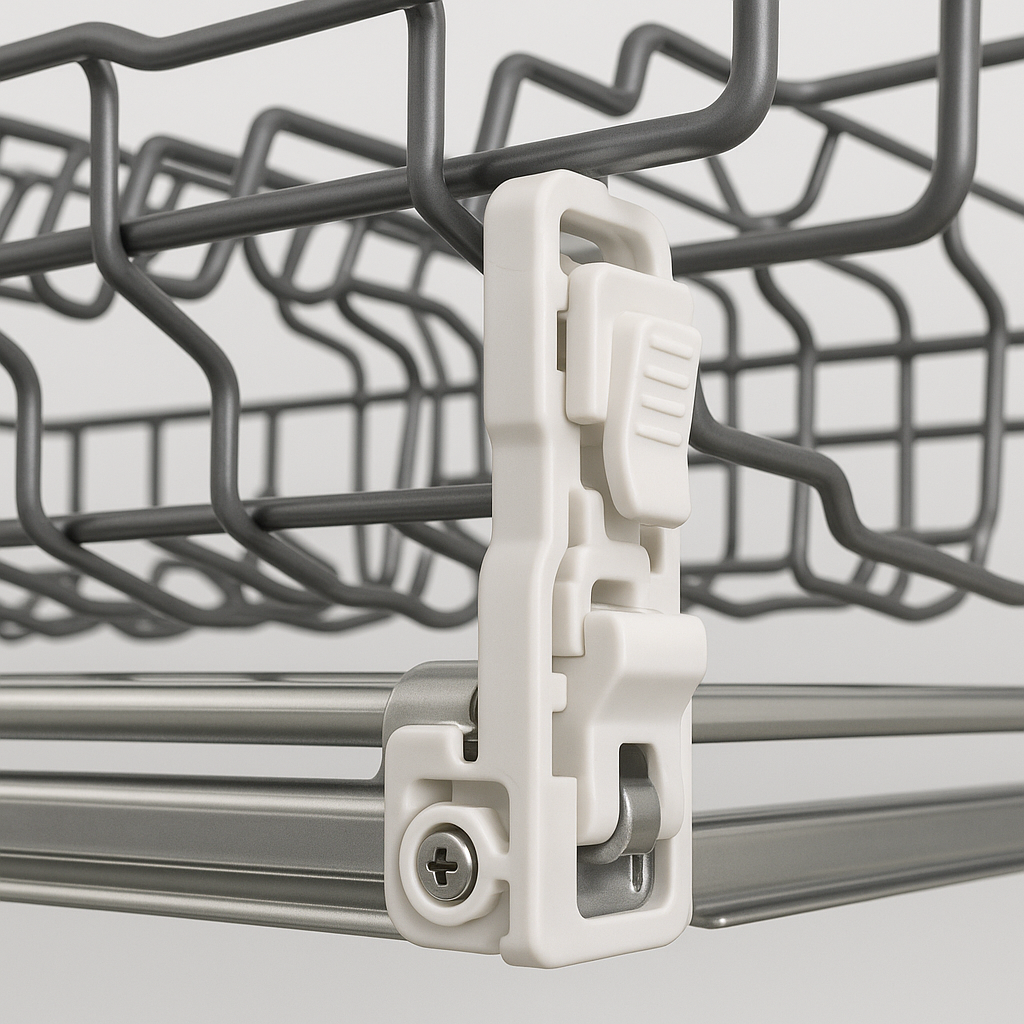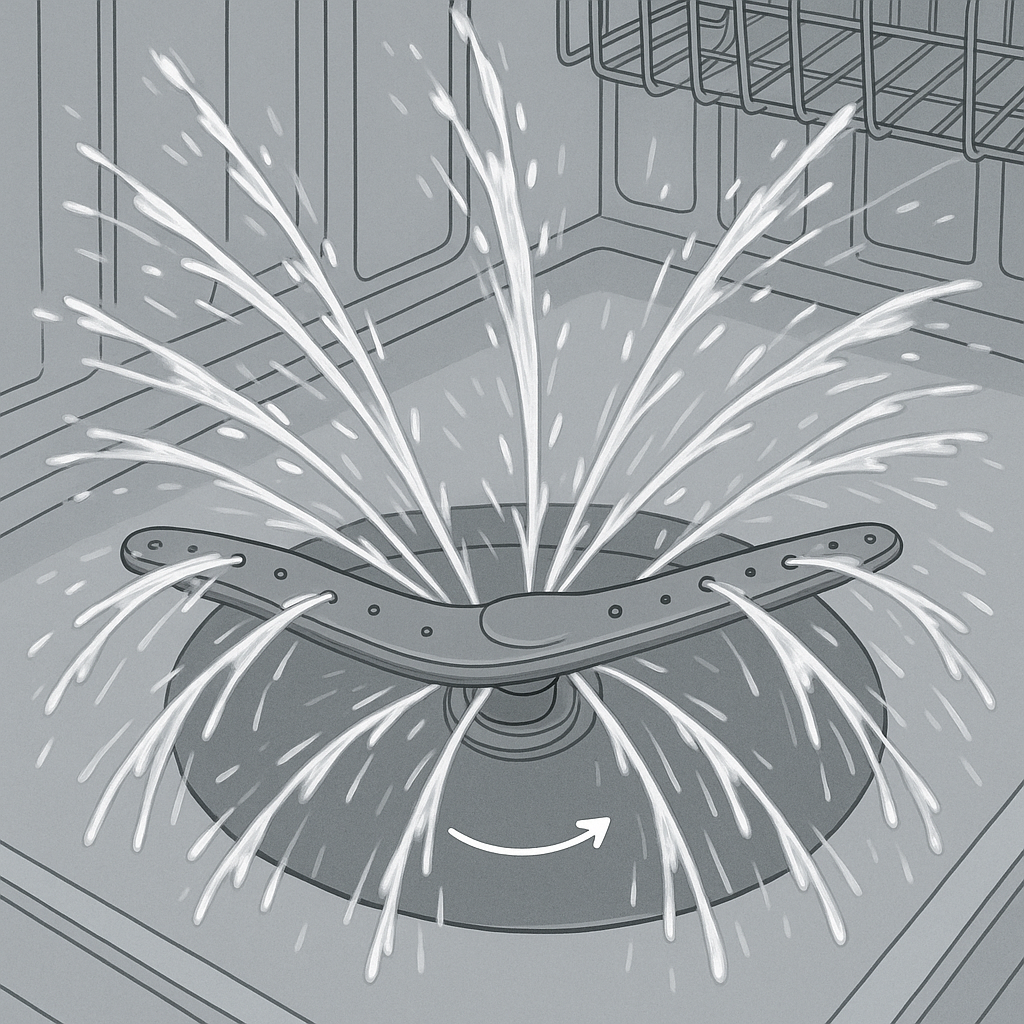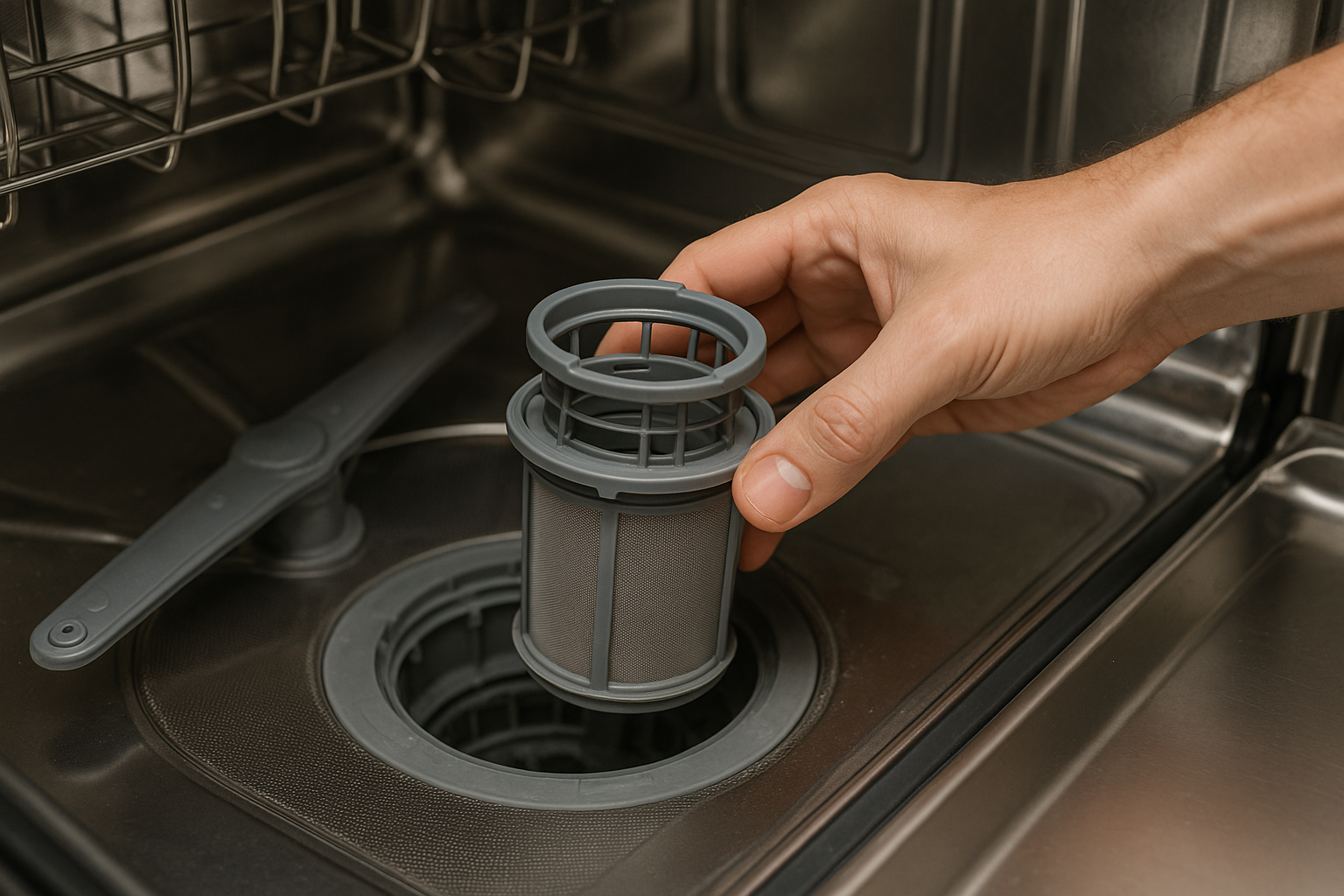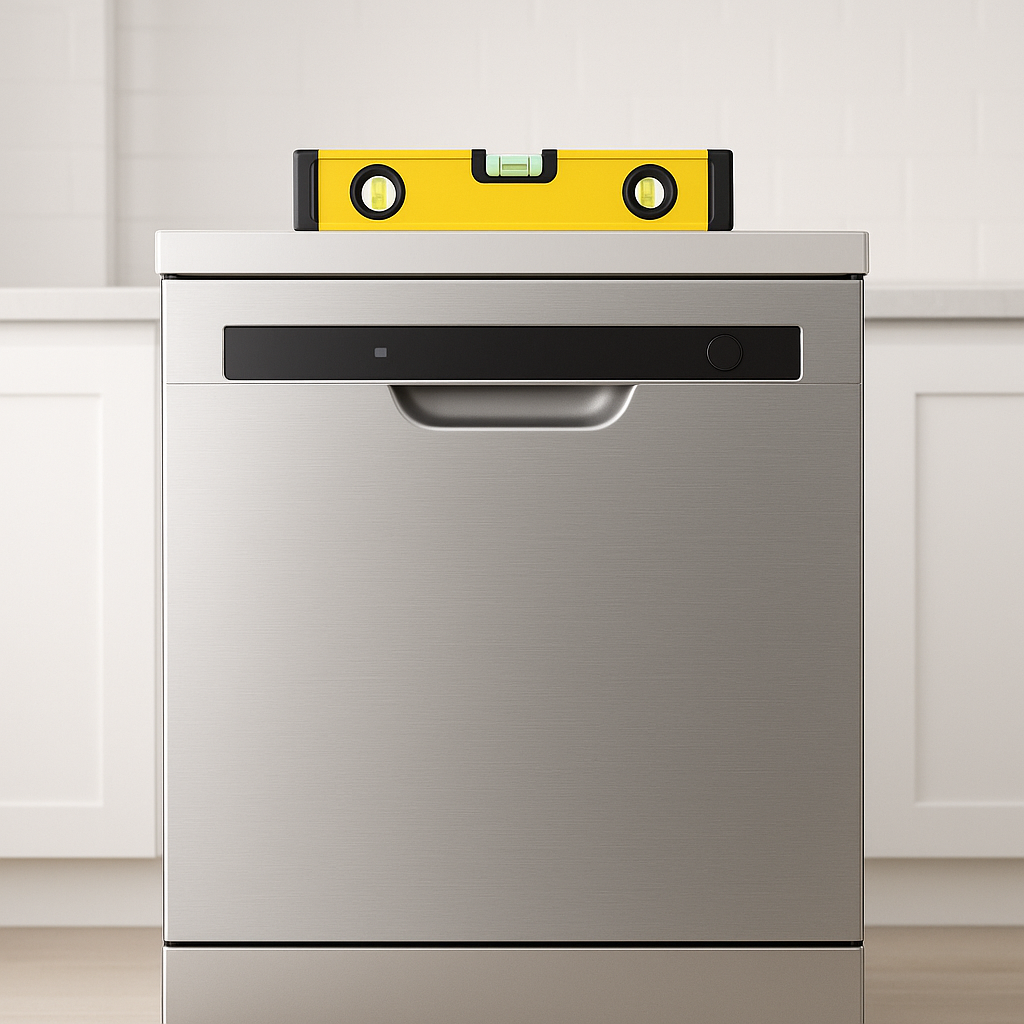Understanding Dishwasher Noises: What's Normal?
Every dishwasher hums, dribbles and swishes as it works through its cycle—but some sounds indicate simple operation, while others suggest a problem that needs attention. Knowing the difference can save you time, money and a potential flood.
Common "Everyday" Sounds
- Water Flow & Filling: A gentle dribble or faint whoosh as water enters.
- Motor Hum: A steady low-pitched buzz as the pump circulates water.
- Spray Arm Rotation: Soft splashes and whirring when the arms spin.
- Draining: A burbling or gurgle as water exits through the drain hose.
The Most Common Culprit: Spray Arms Hitting Crockery
By far the most frequent noise complaint is the dreaded rhythmic knocking—a telltale sign that your spray arms are colliding with dishes as they rotate. This typically sounds like plastic tapping against ceramic in a steady pattern that matches the arm's rotation speed.
Why This Happens
- Tall plates or dishes: Standard dinner plates often sit too high in the bottom rack.
- Overloaded racks: Dishes leaning over into the spray arm's path.
- Incorrect loading: Items placed over rather than between the rack tines.
- Wrong basket height: The upper basket positioned too low for your crockery.
Step-by-Step Solutions for Spray Arm Collisions
1. Adjust Your Upper Basket Height
Most modern dishwashers allow you to raise or lower the top basket to create more clearance below. This is often the quickest fix for spray arm issues.

- To raise the basket: Pull out the upper rack completely, then lift both sides simultaneously until they click into the higher position.
- To lower the basket: Locate the white adjustment clips on each side, press them in, and push the basket down.
- Safety note: Always adjust the basket when it's empty—a loaded rack can be surprisingly heavy and difficult to manoeuvre.
2. Master Proper Loading Techniques
Bottom Rack Loading:
- Place dishes between the tines, not balanced on top of them.
- Angle large plates and bowls slightly downward and toward the centre.
- Keep tall items like serving platters around the edges, away from the central spray arm.
- Ensure no dish extends higher than the rack's protective edges.
Upper Rack Considerations:
- Reserve this space for glasses, cups and smaller bowls.
- Check that nothing hangs down low enough to interfere with the upper spray arm.
- Long utensils placed horizontally should clear rotating parts below.

Other Troublesome Noises
Rattling or Clunking
- Loose cutlery or rogue teaspoons hitting the tub.
- Worn spray arm bearings causing wobbling.
Grinding or Buzzing
- Debris caught in the pump or filter.
- Glass shards lodged in moving parts.

Additional Maintenance Steps
Level & Secure the Appliance
- Check that the dishwasher sits level using a spirit level.
- Adjust the feet if necessary to prevent vibration against cabinets.
- Tighten mounting bolts to eliminate rattles.

Inspect Inlet & Drain Hoses
Kinked or bent hoses can create whistling or vibrating noises:
- Turn off the water supply and detach hoses.
- Straighten any kinks and ensure hoses run freely behind the unit.
- Check seals and o-rings for wear.
When to Call a Professional
If you still hear persistent noises after trying these solutions:
- High-pitched squeals from the motor (likely bearing failure)
- Deep grinding even after thorough cleaning
- Continuous rattling with properly loaded and adjusted racks
These typically indicate worn internal components that require professional attention.
